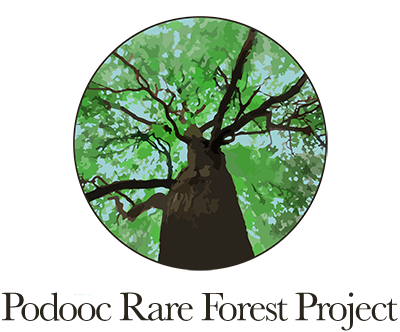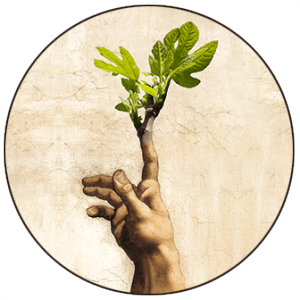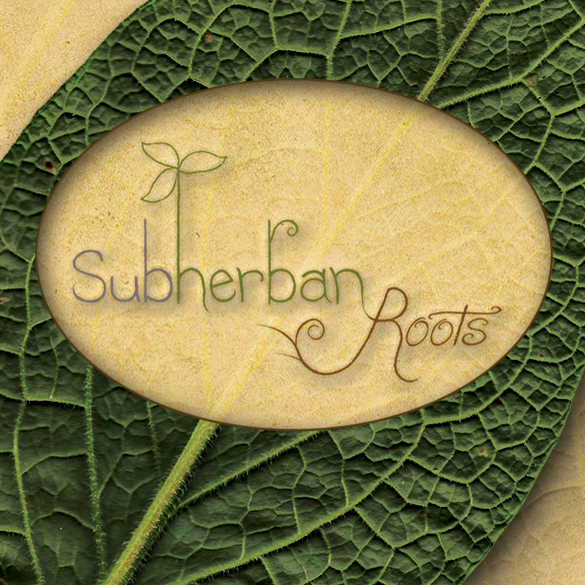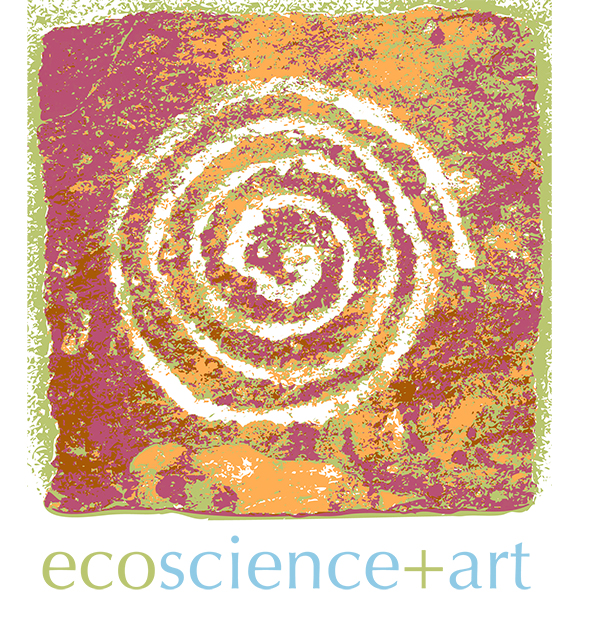Update June 2018: The Rare Forest Project has lost its proposed site and is currently exploring alternatives in Central Maine.

Project Links
https://rareforestproject.wordpress.com/
Update June 2018: The Rare Forest Project has lost its proposed site and is currently exploring alternatives in Central Maine.

Project Links
https://rareforestproject.wordpress.com/
SOIL CITY
Dust To Dust: For Ozymandias
Commissioned by St. Louis Science Center. for “Grow“, a new pavilion and permanent agriculture exhibition at SLSC.
Design: Mark Cooley
Fabricated with local salvaged cedar by Scott Wunder @ Wunderwoods, St. Louis.

SoA Green Studio website
2010 – Present
Located on the grounds of the George Mason University’s Art and Design Campus, SoA Green Studio offers students a living studio in which to creatively explore the interdependence of biological and cultural systems. The Green Studio exists, as any working art studio does, in constant flux and develops organically through the relationship artists form with the developing ecology of the site.

Visit us @ www.SubHerbanRoots.com
SubHerban Roots, is a community-based family art project & business established in 2013 that offers homegrown homemade herbal remedies and home-scale permaculture design services to the Northern Virginia and Washington DC communities. SubHerban Roots is an art project, but it is not an ironic business-as-art performance. Rather, our work is a sincere art-of-everyday-life pro-formance. Through this pro-formance, we hope to provide for our family and help others take agency in regard to their personal health and the health of the land on which we all depend.
SubHerban Roots is a family collective project by
Beth Hall, Mark and Celia Cooley

Founded by Mark Cooley and Dr. Changwoo Ahn
2013 – 2016
EcoScience+Art is an initiative and collaboration between the arts and sciences at George Mason University. It is our mission to bring together individuals working across the boundaries of ecosystem science, art, and design fields to share knowledge, expertise, and strategies for creatively engaging in the common pursuit of a sustainable future.
“Form Follows Function: Eco-Art and Its Place in the Sustainability Movement”, Sustainability: The Journal of Record
Matter/Antimatter: A Time Based Work
2013
Materials: plastics, red worms, shredded documents and coffee grounds.
A constructed ecosystem which facilitates the transformation of office waste (shredded office paper and coffee grounds) into living dirt. The resulting high grade fertilizer is then used to enrich the soil of a tabletop garden designed as a living salad bar for employees.
Documentation from installation at George Mason University School of Art Gallery and faculty staff lounge terrace.




“Agri-Art: The Death of Agri-Culture or Rise of Cooperatives”. Mark Cooley. From Green Acres: Artists Farming Fields, Greenhouses and Abandoned Lots

EcoCultures is an exhibition bringing together current cultural
productions at the intersections of the arts, sciences and the
practice of everyday life to explore the interdependence of our
social and biological systems.
Mason Hall Atrium Gallery | George Mason University, Fairfax VA
September 22 – October 6, 2011
Public Reception – September 22, 6:30 – 8:00pm
Curated by Mark Cooley
| Featuring the work of: | |
| Amy Balkin
The Futurefarmers The Yes Men Beatriz da Costa Temporary Travel Office
|
Beehive Design Collective
Jens Jarisch & Sharon Davis Kim Stringfellow Matthew Friday & Jeff Lovett Sarah Kanouse & Shiloh Krupar |
In Search of Zea Mays was created for the corn maze at Airlie Center in Warrenton VA, home of the Local Food Project (formerly directed by Pablo Elliot). A corn maze was created with the help of heirloom non-gmo corn seed, a tractor and gps system – and let’s not forget cooperative weather and lots of waiting. Within the maze, dead-end pathways invited maze-goers to rest and reflect on the history of industrial agriculture through a comfy strawbale seat and text / image investigations into the modern food system’s most prized plant – corn. The experience culminates in the “Cornference” room located in the center of the maze (& equipped with office furniture). The Cornference room hosted discussions among maze participants, meetings for members of The Local Food Project and at least one birthday bash. In Search of Zea Mays invited participants to explore our corn-based industrial food system by simultaneously superimposing the navigation of real space, data, and ideas in the familiar and freindly (if-not frustrating) form of the corn maze.
The Project was also displayed at the Green Festival in Washington DC as part of Airlie’s Local Food Project.
A Project by Mark Cooley in collaboration with farmer and local food advocate Pablo Elliot.